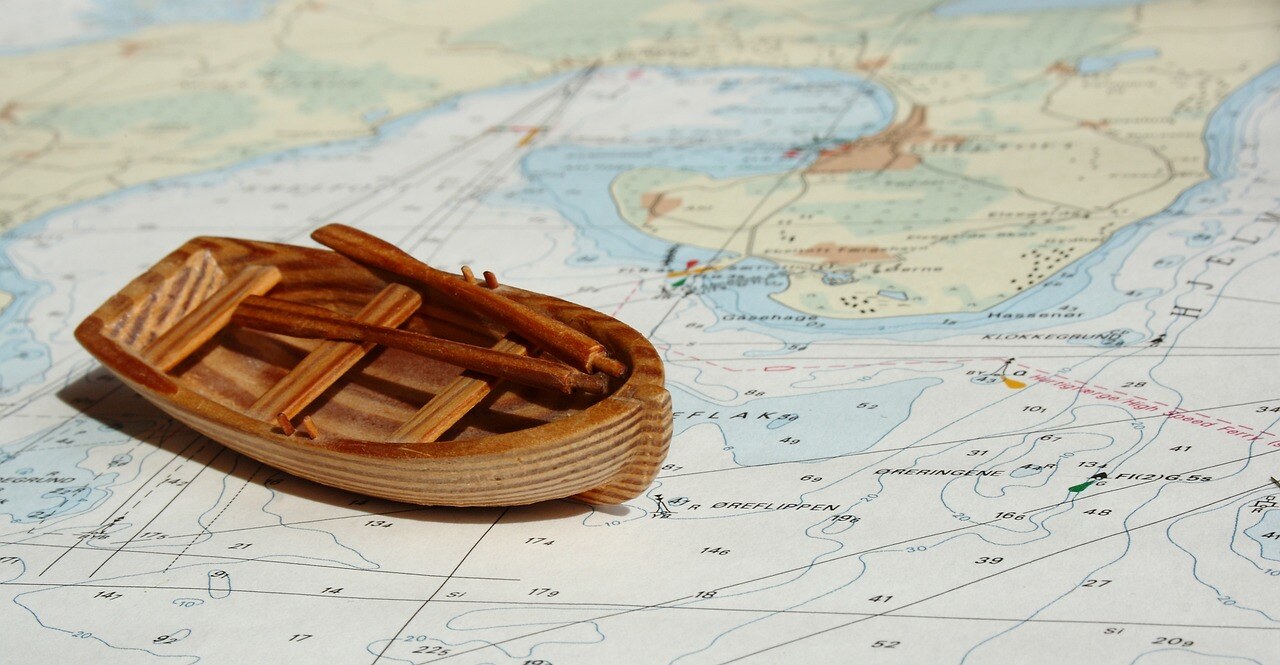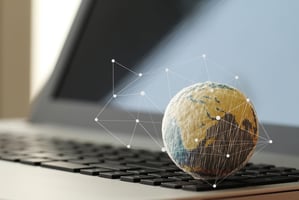In the maritime industry, as in all sectors, effective communication is crucial for safe and efficient operations. From communication between crew and shore personnel to navigational transmissions and emergency messages, every interaction must be clear and accurate to avoid misunderstandings that could result in an accident. This is where Seaspeak, a standardized language designed to overcome language barriers between seafarers of different nationalities, comes into play.
What is Seaspeak?
Seaspeak, also known as Maritime English, was developed in the 1980s by a team led by Captain Fred Weeks and British linguist Edward Johnson. The International Maritime Organization (IMO) developed a new language to improve safety at sea and to be used when difficulties arise in maritime communications.
In 1988, the IMO, through the Standard Marine Communication Phrases (SMCP), established Seaspeak as the new language of the sea. At that time, English was the most widely used language on ships, as the United States and the United Kingdom dominated ocean traffic. However, a decade before this, and like today, more than 90% of ship crews do not speak English as a first language, and some not even as a second or third language.
Seaspeak is a simplified language, characterized by the use of easy-to-understand vocabulary and grammatical structures to enable effective communication between vessels with crews speaking different languages. The words used are limited and simple to ensure that messages and radio conversations from the ships are short and clear. It is important to use key words at the beginning of each sentence, since it helps to clarify the intention and purpose of the message. Seaspeak features eight words, called message markers, which precede each sentence. These words are advice, information, instruction, intention, request, warning, question and answer.
Another guideline in this language that enhances clarity in maritime communications pertains to the use of digits. The numbers of the hours, for example, are spoken in single digits, For example, the time 09:32 am, would be spoken as “zero, nine, three, two.”
Benefits of Seaspeak
As we can see, proper communication in the maritime environment is essential for the safety, efficiency and success of operations. For this reason, Seaspeak is based on the following features:
- Clarity and precision: it uses short and direct sentences, avoiding ambiguity and complexity. It uses simple language that is understandable to the entire crew, regardless of their background or level of experience.
- Standardized terminology: it adopts a specific and agreed vocabulary for maneuvers, emergencies and daily operations. It uses internationally recognized technical terms, such as those defined by the IMO, to facilitate universal understanding.
- Risk reduction: it ensures that all crew members, regardless of their native language, understand essential instructions and communications. It minimizes the possibility of human error and accidents resulting from poor communication.
- Operational efficiency: it facilitates more effective coordination between multinational crews and with port authorities. Therefore, it streamlines problem solving and decision making in critical situations and optimizes time and available resources, thereby improving overall productivity.
Applications of Seaspeak
- Daily operations:
Routine communications at sea, such as docking and undocking maneuvers, require absolute clarity. For example, phrases such as “Bow to port, slow” ensure that this action is clearly understood and executed without misunderstanding. Instead of saying “Please turn the rudder to the right,” you can say “Rudder to the right”; or instead of “Check if the oil pressure is correct,” you can say “Check oil pressure.”
- Emergencies:
In emergency situations, accuracy is vital. Phrases such as “Mayday-Mayday, I need immediate assistance” are used to request urgent help, indicating a serious emergency. Terms such as “Sécurité-Sécurité" are used to signal an important warning or security alert. Other terms such as “Pan-Pan” are used to indicate an emergency that is not serious but requires immediate attention.
- International coordination:
During multinational operations, Seaspeak ensures that everyone involved understands the procedures and instructions. For example, during joint exercises between different navies, the use of Seaspeak facilitates effective coordination and safe operation of the vessels.
Examples of the use of Seaspeak
- Case 1: sailing in adverse conditions
A vessel sailing in low visibility conditions may broadcast the phrase “Attention, dense fog at our location, adjusting course to 180 degrees” to coordinate with other vessels and avoid collisions.
- Case 2: rescue coordination
In a rescue situation, clear communication is crucial. A message such as “Passengers and crew total 150, located in lifeboats, request immediate rescue” provides vital information for rescue teams.
- Case 3: training and certification
Maritime training institutions use Seaspeak to train seafarers. Seaspeak courses and certifications ensure that all seafarers can communicate effectively, improving their job opportunities and contributing to global safety in the maritime industry.
In conclusion, Seaspeak is an invaluable tool in the maritime industry because it provides a standardized language that improves safety and operational efficiency. At our translation company, we understand the importance of clear communication and offer specialized services for the maritime industry, ensuring that language barriers are not an obstacle at sea.
Lack of clarity and miscommunication can create serious and dangerous situations. Using a universal and easy-to-understand language will improve safety and efficiency on a ship.
Would you like to learn more about how our translation solutions can benefit your maritime company? Contact us today for more information!
We hope you have found this information useful. We would be happy to provide you with more details about translation in the boating sector or any other sector. Do not hesitate to contact us or visit our blog for more information.



